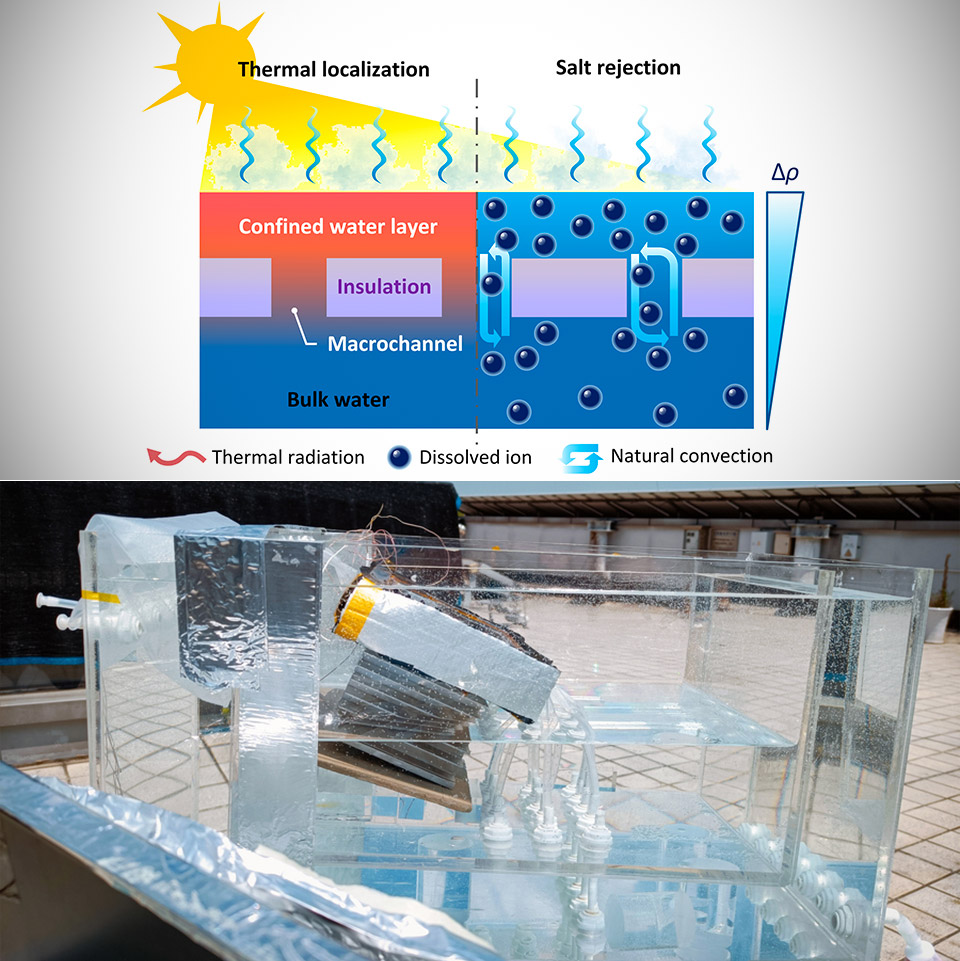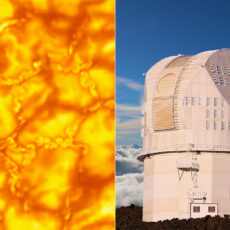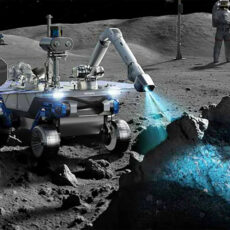
Photo credit: Jintong Gao and Zhenyuan Xu
MIT engineers and Shanghai Jiao Tong University have developed a solar desalination system that could be more cost efficient than even tap water. Put simply, this device enables water to circulate in swirling eddies, similar to the much larger “thermohaline” circulation of the ocean.

When these swirling eddies are combined with the sun’s heat, it drives water to evaporate, thus leaving salt behind. This results in water vapor that can then be condensed and collected as pure, drinkable water, leaving the leftover salt circulating through and out of the device, rather than clogging the system. If this system were to be scaled up to a suitcase-sized device, it could produce up to 6 liters of drinking water per hour and last several years before requiring replacement parts. The end result would be drinking water being produced at a rate and price that is cheaper than tap water.
- Portable charger can support charging four devices at the same time. Among them, Type-C cable and USB-A output can provide 5V3.1A high-speed output,...
- Power Bank Built in Three output cables and one input cable. Portable charger Built in Micro,Type-C, IOS cable for output. Also built in USB-A input...
- Power bank has a built-in smart IC chip, which can accurately identify the vast majority of mobile devices on the market and match the corresponding...

When seawater is exposed to air, sunlight drives water to evaporate. Once water leaves the surface, salt remains. And the higher the salt concentration, the denser the liquid, and this heavier water wants to flow downward. By mimicking this kilometer-wide phenomena in small box, we can take advantage of this feature to reject salt,” said Lenan Zhang, a research scientist in MIT’s Device Research Laboratory.










